As the world recovered from the aftermath of World War II, consumerism in America experienced a major boom in technology and convenience item sales. One of the hallmarks of the 1950s was the TV dinner, a pre-portioned frozen meal packaged in an aluminum tray. TV dinners were designed to be reheated in the oven and eaten in front of the television on TV trays. As televisions became more popular in American households, family meal times shifted from gathering around the table to spend quality time to sitting in front of the television and absorbing the scheduled programming. This caused an upheaval of the standard nuclear family, and instead of listening to little Billy talk about his day at school or letting Mary Jane share the latest gossip, fathers shushed little children and mothers stuffed little mouths. Many historians theorize that this dysfunctional environment fostered the rebellious teens and young adults of the hippie era.
While TV dinners may have negatively affected the home culture of America, they also represented a compromise between two competing lifestyles for women. With the rise of easy-make meals, mothers could spend less time in the kitchen and more time pursuing other interests, such as careers and hobbies outside of the home. The advertising of the decade portrayed a capable mother who kept her family full and still had time for a life on the side.
In a matter of years, the TV dinner lifestyle had run its course, and by the 1990s research on how diet affects overall health became more well-known, and Americans craved for the nostalgia of a hearty, home-cooked meal. Today, many commercials highlight the unique radiance of a family gathered around a table, laughing and hungry for food and company, and the TV dinner rests on a shelf in the annals of American history, serving as a symbol of a remarkable change in society and culture.
Mrs. Snyder’s US History class explored the futuristic magic of a TV dinner in a cross-curricular experiment with the Foods classes. Mrs. Hagans’s foods classes prepared meatballs, mashed potatoes, gravy, corn, and brownies, and the US History students learned how to work on a factory assembly line as they portioned the food and sealed the tin trays. Later, Mrs. Snyder’s classes ate the TV dinners in front of a timeless classic – I Love Lucy.


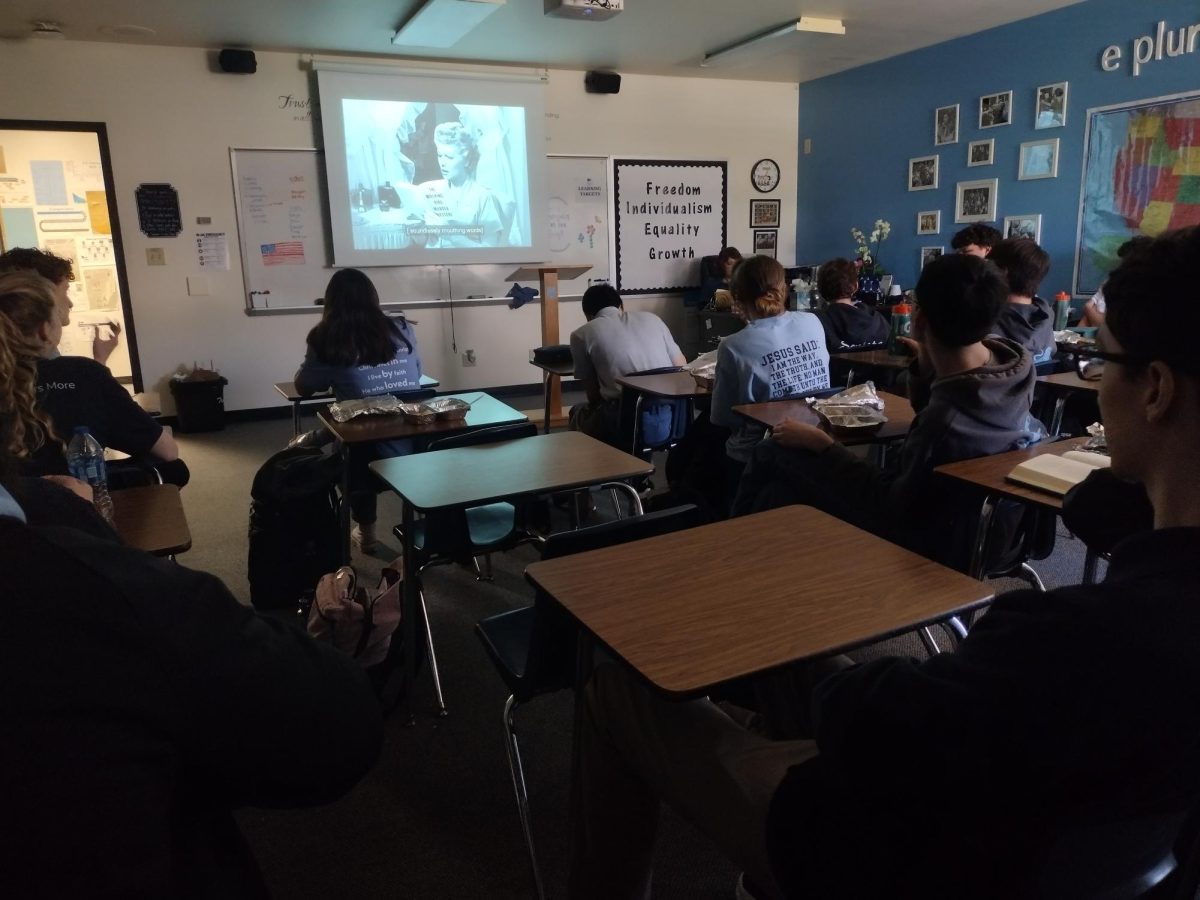




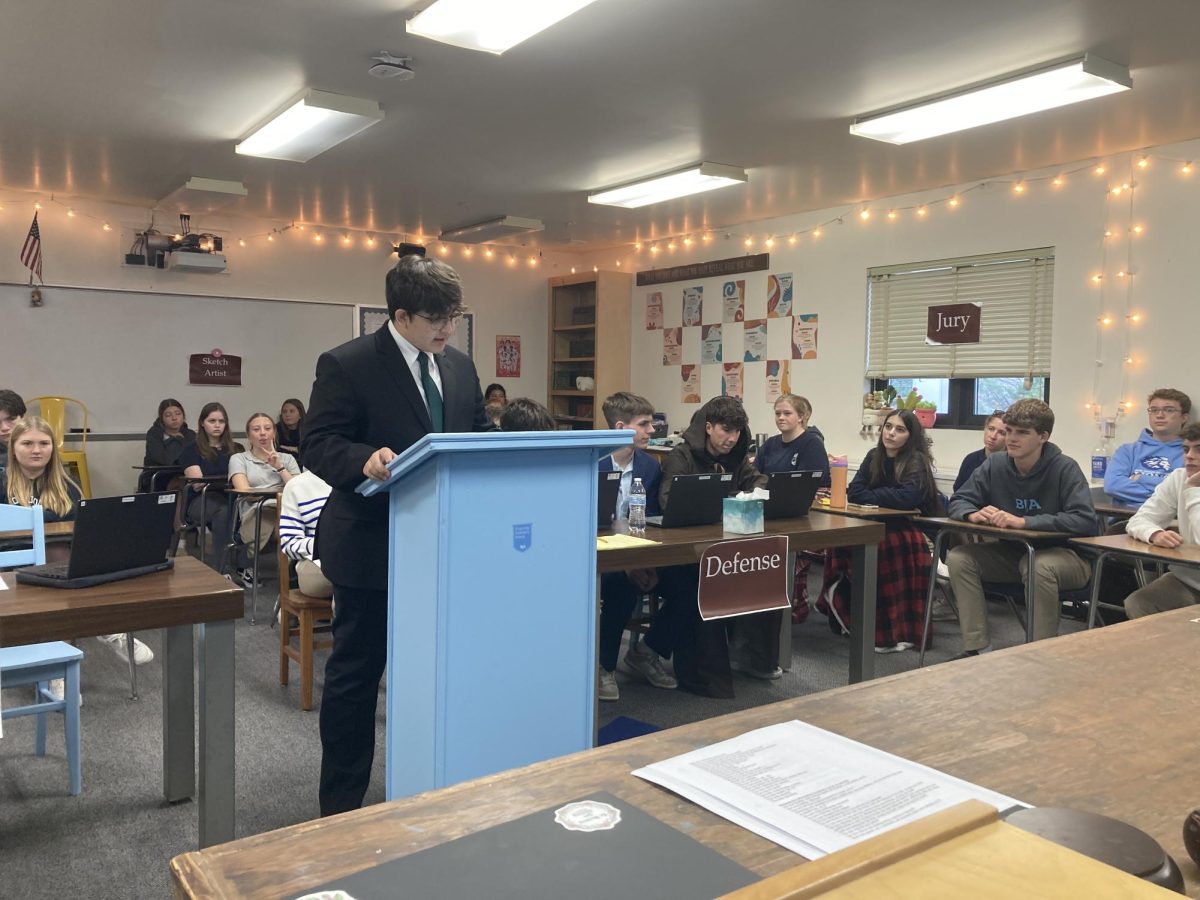
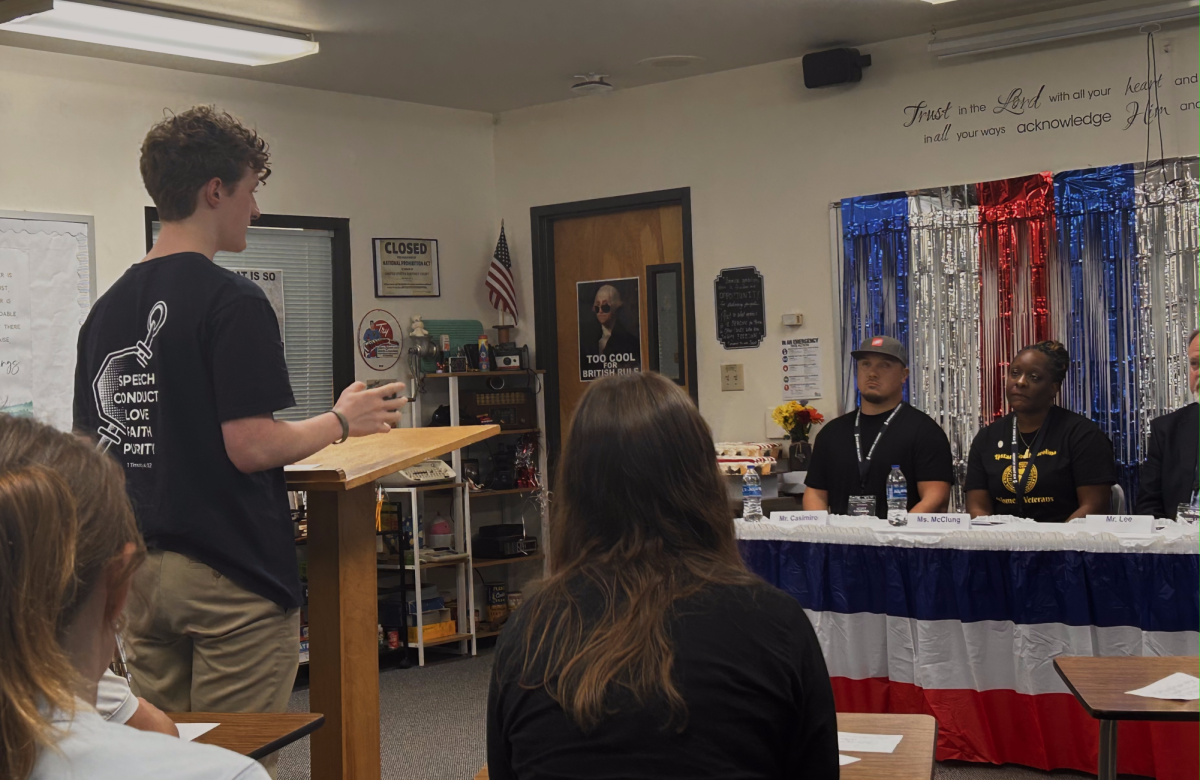



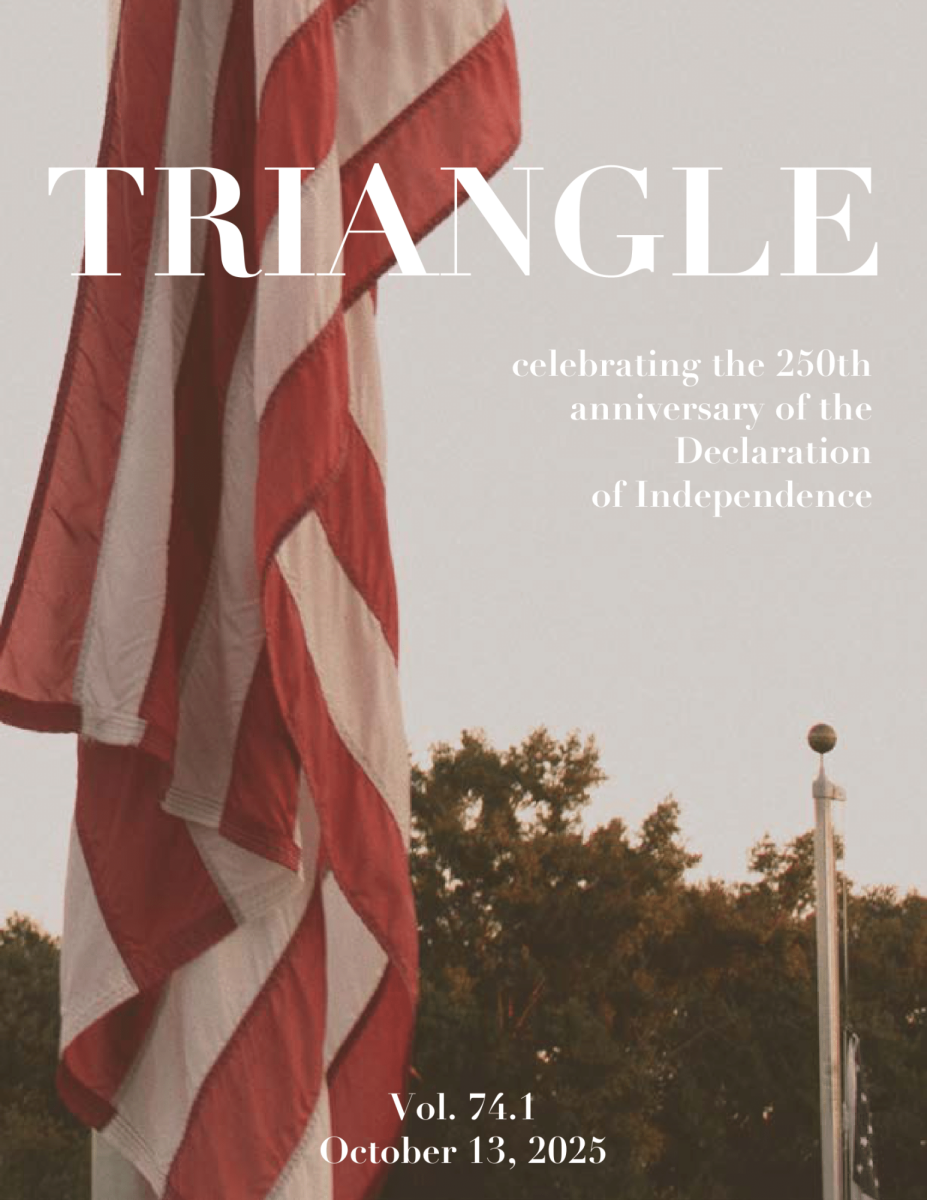



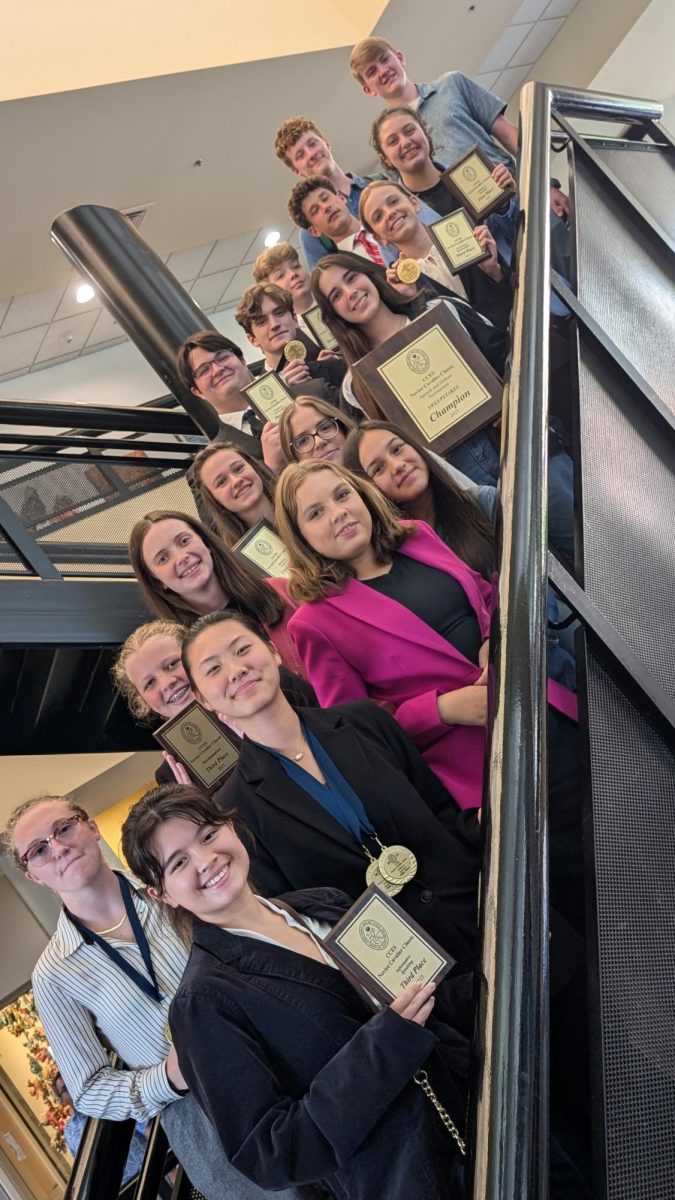


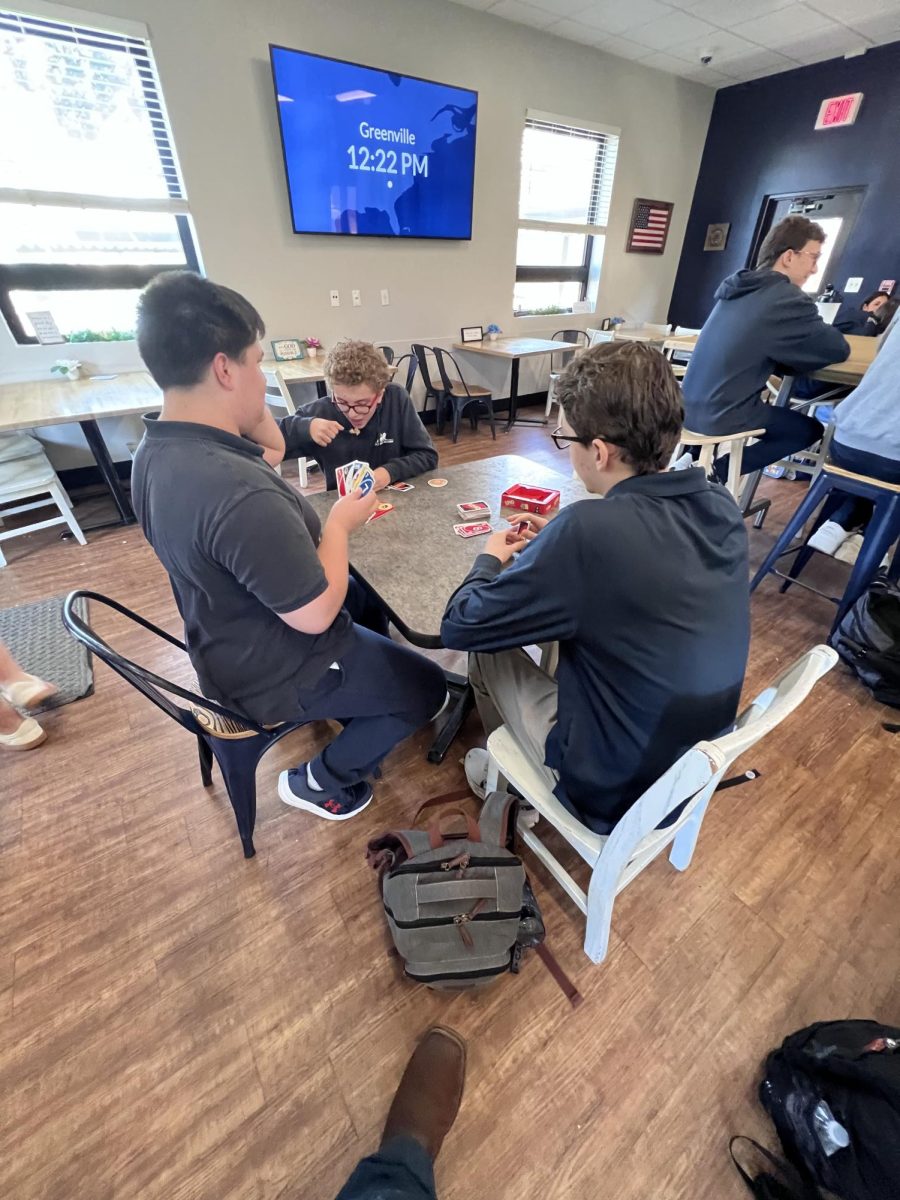
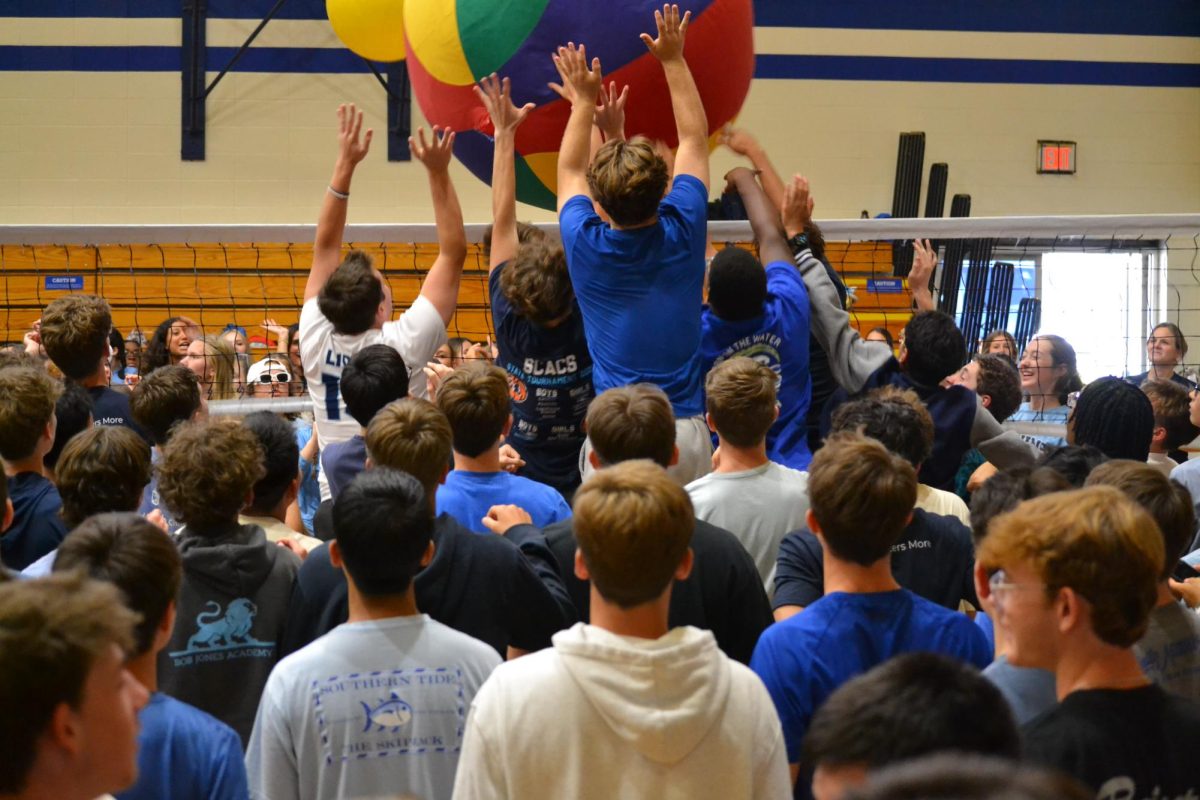

Jenny Klass • Apr 5, 2025 at 4:24 pm
This was such an interesting article! I love the philosophical connection to TV dinners and the family. Fascinating! Growing up in the 70s and 80s, our family was never allowed to eat in front of the television and rarely had a TV dinner. I always wanted one because the children’s TV dinners had Cool features. But it was rare. It’s interesting how our background influences how we parent—our kids rarely ate in front of the TV either.